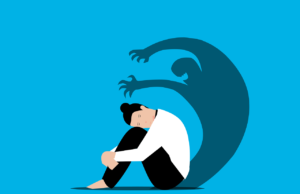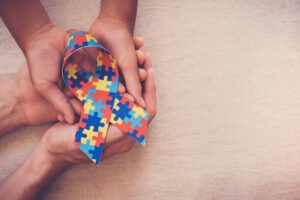
Avoidance

Manifestations of avoidance
Have you ever postponed something you needed to do? Put it off for another day when your energy level is greater? Procrastination is best understood as avoidance. So what is it that are we attempting to avoid?
What is avoidance and how do we understand it?
Avoidance refers to any action designed to prevent the occurrence of an uncomfortable emotion such as fear, sadness, or shame, including its somatic components, that is, physical sensations. Avoidance may emerge in various situations, including in close relationships with family members, friends or an actual partner, as well as in work or school-related contexts. It may reflect social anxiety or a fear of intimacy and may be triggered by a sensitivity to potential criticism, humiliation or rejection. Avoidance may also reflect a dread of competing with others, whether in real life or perhaps, even in one’s imagination.
A person may avoid experiencing difficult emotions (e.g., sadness, shame and guilt) via the use of food, substances (alcohol, drugs), compulsive sex or porno, gambling, embarking on an unnecessary shopping spree. Others may distract themselves from their difficult-to-tolerate emotions by focusing on cleaning and other household chores, or by delving into work or perhaps, extended financial calculations and budget planning. Protective measures or defenses such as denial, repression or dissociation may also come into play. For example, we may conveniently “forget” to deal with the upsetting topic at hand and it may completely disappear from consciousness, or we simply disavow (minimize or downplay) its importance.
Treatment of avoidance
It is important to know that initially, avoidance may have started out as an efficient protective measure, perhaps even the only one available at the time. It is only when it becomes a persistent “go-to” (default) pattern that problems may arise. For example, a person avoids medical tests or treatments because they fear the results or the actual treatment; meanwhile the window of opportunity for a timely diagnosis or intervention may shrink. This is not a helpful use of denial. While an avoidant pattern may provide temporary relief, that which is avoided doesn't usually disappear, and may give rise to further com-plications.
When we explore how a pattern of avoidance first came into being in a specific situation (e.g., perhaps during childhood, when the person had limited resources, or in the wake of a later traumatic experience) and re-process it in therapy, avoidance may no longer be as necessary. This is exactly what we attempt to achieve via psychotherapies such as EMDR (eye movement desensitization and reprocessing) or SE (somatic experiencing). Once we identify such a tendency or pattern, we become curious about its root cause and current manifestations. Within the therapeutic space or “container,” we attempt to create the conditions for safely reprocessing the target memory or the template for this pattern, and in thus doing, the old pattern is aligned with new information and in this way, “updated,” leading to the creation of an additional resource. A spontaneous physical (bodily) discharge of the tension and activation associated with the original target memory that was reprocessed will follow. This discharge may involve spontaneous breathing or yawning, shaking and trem-bling, laughing or crying, or other signs of release.









